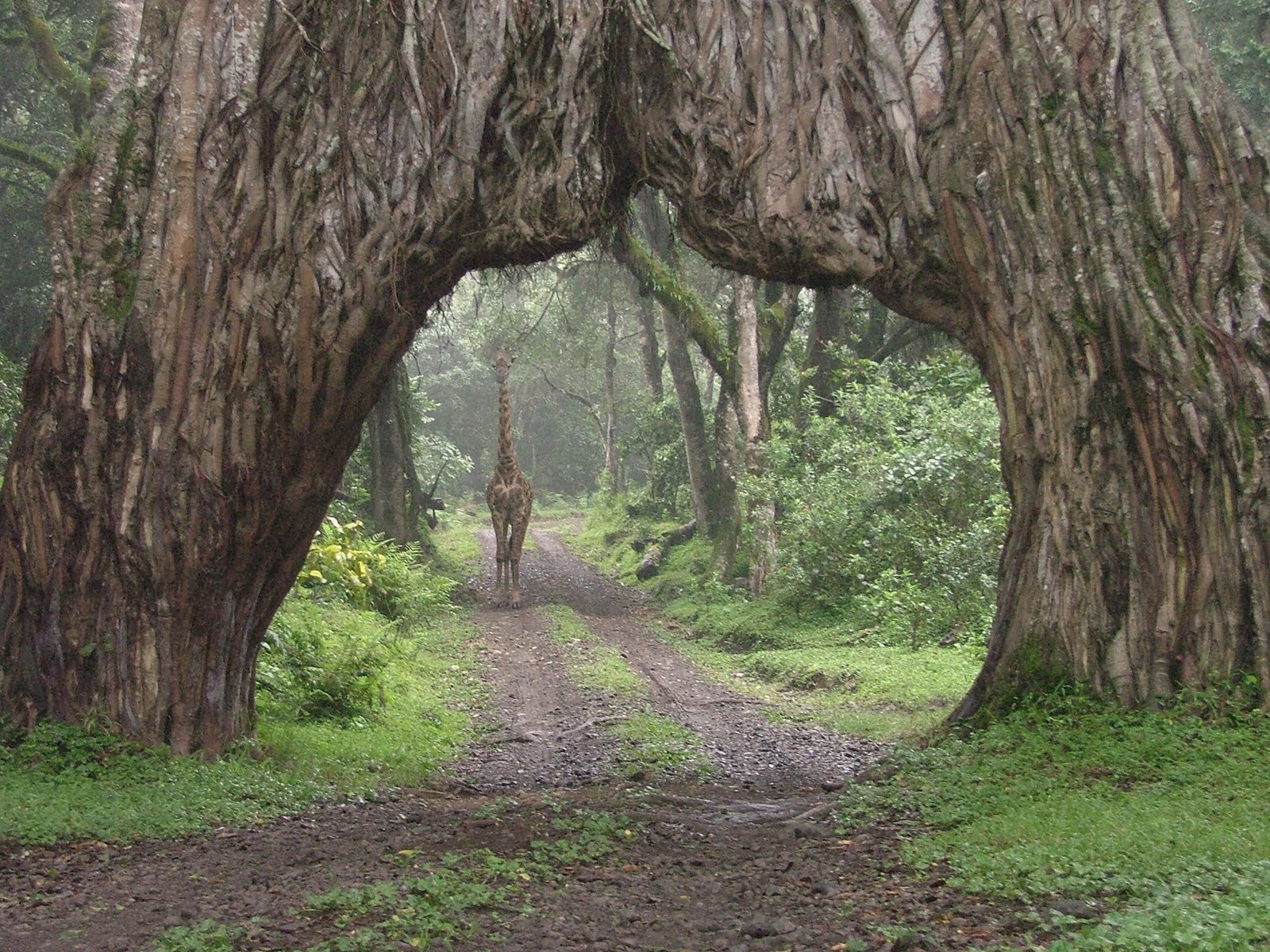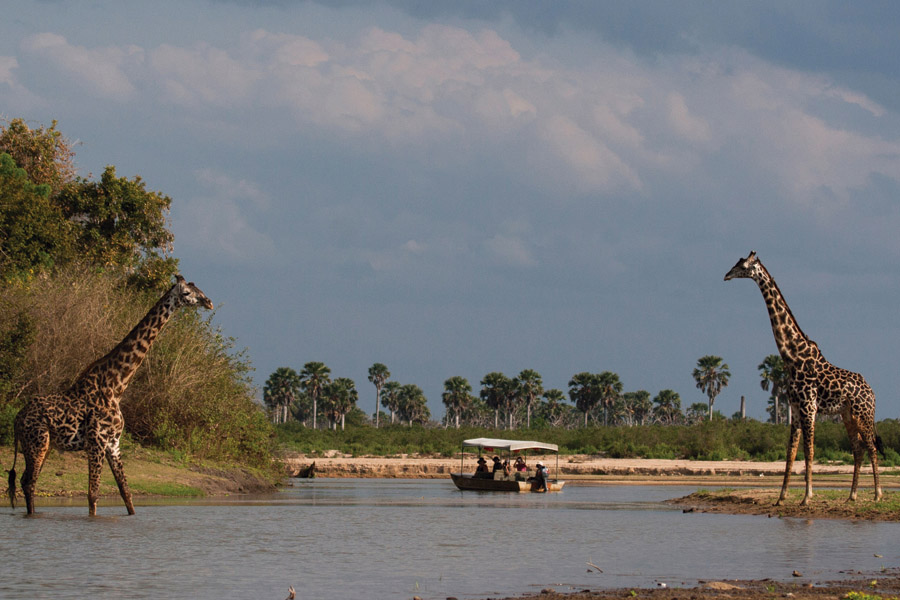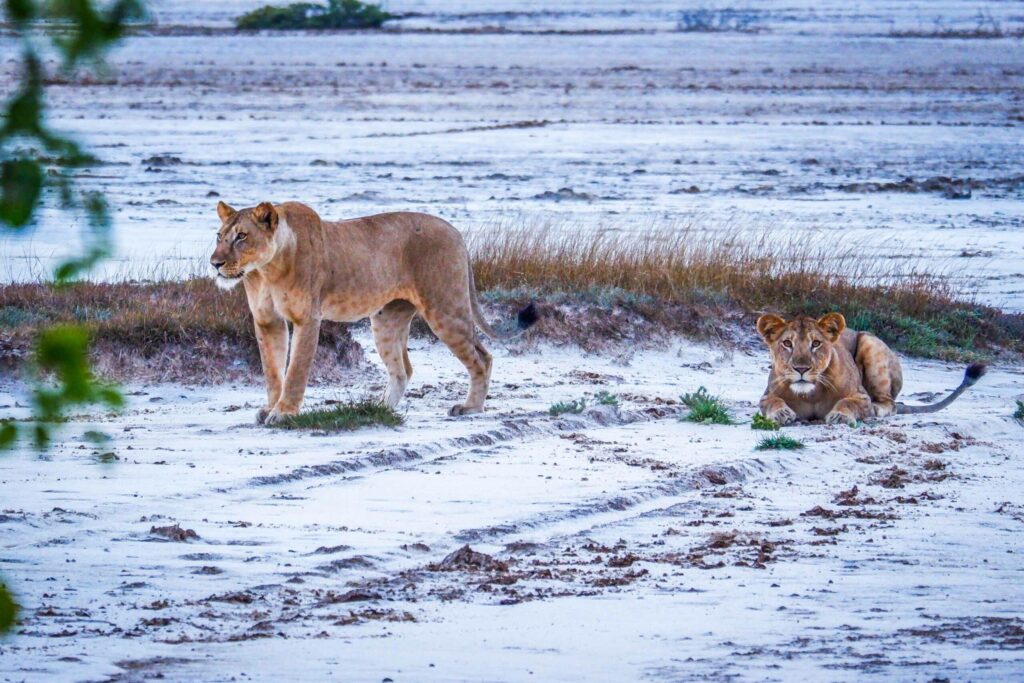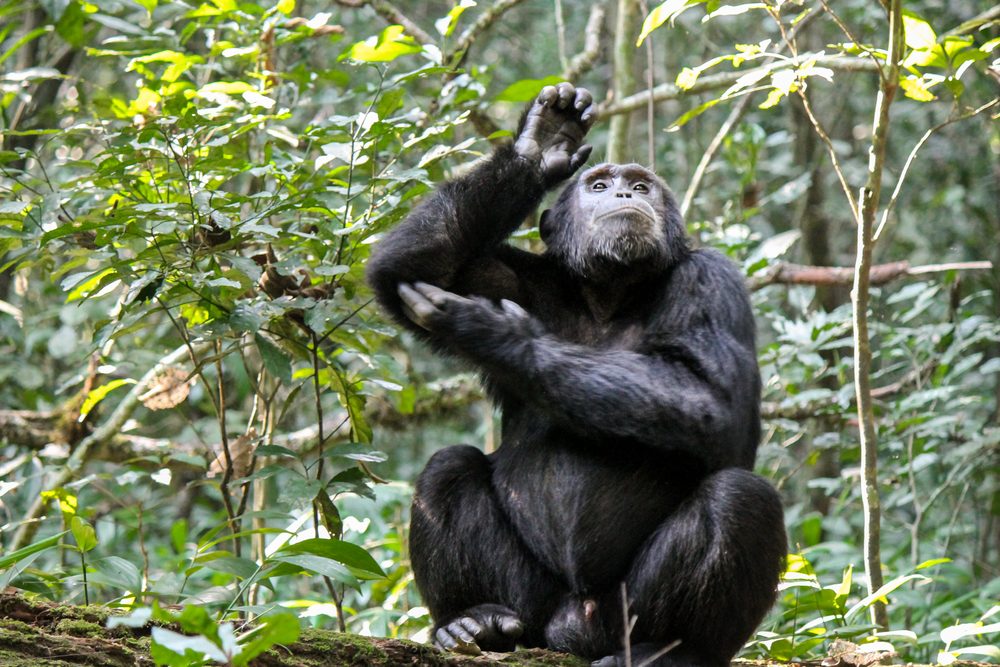Tanzania is home to some of the best national parks in Africa. Each park offers its own unique experiences and opportunities to see wildlife in their natural habitats. If you’re planning a trip, it’s essential to know what each park has to offer. Here’s a straightforward guide to the 10 best national parks in Tanzania and what makes them special.
Before we dive in, for more information: you can request for an accurate safari quote or calculate the total estimated cost for your safari through our Safari Cost Calculator.
1. Serengeti National Park

Why Go?
Serengeti National Park is iconic for a reason. It’s known for the Great Migration, where millions of wildebeest, zebras, and other animals move in search of food and water. This event typically happens between June and October, attracting many visitors.
Quick Fun Fact:
Serengeti Shall Not Die ~ Dr. Bernard Grzimek
Inspired by his quote above, Dr. Bernard Grzimek wrote a book in 1959, with a famous quote “Serengeti shall not die” after he and his son Michael counted all the animals in Ngorongoro Crater, a giant caldera (sunken volcano) that is approximately 3,205 square miles and a mile deep from the rim of the crater. He went on and Said:
The animals of the Serengeti are like characters in a great epic – the noble lion, the graceful gazelle, the lumbering elephant, each playing their part in the drama of survival. ~ Dr. Bernard Grizmek
What to Expect:
- Big Five: You can spot lions, elephants, rhinos, leopards, and buffalo.
- Diverse Ecosystems: The park covers vast grasslands, woodlands, and riverine forests.
- Best Time to Visit: June to October for the migration or January to March for calving season.
2. Ngorongoro Crater (Ngorongoro Conservation Area)

Why Go?
Ngorongoro Crater is one of the largest intact volcanic craters in the world. It provides a unique environment for wildlife, making it a UNESCO World Heritage site.
What to Expect:
- Wildlife: You can see a high concentration of animals year-round, including the Big Five.
- Scenic Views: The crater rim offers stunning views.
- Cultural Insights: Visit the Maasai villages nearby for a cultural experience.
3. Lake Manyara National Park

Why Go?
Lake Manyara National Park is smaller but rich in biodiversity. It’s known for its tree-climbing lions and large flocks of flamingos.
What to Expect:
- Birdwatching: A paradise for bird enthusiasts with over 400 species.
- Variety of Habitats: From lakes to forests, you’ll see diverse wildlife.
- Short Trips: Great for a quick visit from Arusha.
4. Tarangire National Park

Why Go?
Tarangire National Park is famous for its elephants and impressive baobab trees. It’s less crowded than other parks, providing a more relaxed experience.
What to Expect:
- Elephants: Home to some of the largest herds in Tanzania (Especially Elephant herds).
- Unique Flora: The baobab trees are a highlight.
- Best Time to Visit: July to October when wildlife concentrates around water sources.
5. Arusha National Park

Why Go?
Often overlooked, Arusha National Park is close to Kilimanjaro. It offers a different experience, with opportunities for hiking and canoeing.
What to Expect:
- Mount Meru: Offers stunning views and hiking trails.
- Canoeing on Momella Lake: A great way to see wildlife from the water.
- Less Crowded: Ideal for a peaceful tour.
- Perfect for walking tours.
6. Selous Game Reserve

Why Go?
Selous is one of Africa’s largest wildlife reserves and offers a more remote experience. It’s less commercialized compared to other parks.
What to Expect:
- Walking Safaris: Get up close to nature.
- Diverse Wildlife: Spot elephants, lions, and rare African wild dogs.
- Scenic Rivers: Enjoy boat safaris on the Rufiji River.
7. Saadani National Park

Why Go?
Saadani National Park is unique because it combines beach and wildlife experiences. It’s the only national park on the coast.
What to Expect:
- Wildlife on the Beach: Spot animals like elephants and giraffes near the Indian Ocean.
- Less Touristy: A quieter experience away from the crowds.
- Relaxation: Enjoy beautiful beaches after a safari.
8. Ruaha National Park

Why Go?
For a true safari experience, Ruaha National Park offers stunning landscapes and incredible wildlife, making it a hidden gem in Tanzania.
What to Expect:
Wildlife Viewing: Home to large populations of elephants, lions, and diverse antelope species, perfect for wildlife enthusiasts.
Scenic Beauty: Rolling hills, baobab trees, and the Ruaha River create breathtaking vistas.
Remote Experience: Less touristy than other parks, providing a more authentic and tranquil safari experience.
9. Gombe Stream National Park

Why Go?
Famous for Jane Goodall’s work with chimpanzees, Gombe is small but significant for primate enthusiasts.
What to Expect:
- Chimpanzees: Observe these primates in their natural habitat.
- Hiking: Explore the hilly terrain and enjoy views of Lake Tanganyika.
- Remote Experience: Offers a unique opportunity to connect with nature.
10. Ruins of Kilwa Kisiwani

Why Go?
Kilwa Kisiwani offers a glimpse into Tanzania’s rich history. It features ancient ruins from the Swahili civilization.
What to Expect:
- Historical Sites: Explore the ruins and learn about their significance.
- Scenic Coastal Views: Combine history with stunning views of the ocean.
- Cultural Insights: Meet local communities and learn their stories.
BONUS – Mount Kilimanjaro

Why Go?
Mount Kilimanjaro, Africa’s highest peak, is a bucket-list destination for adventurers and nature lovers. Its majestic beauty and diverse ecosystems attract hikers from around the globe.
What to Expect:
Challenging Treks: Experience various routes suited for different skill levels, offering stunning views at every turn.
Breathtaking Landscapes: Witness a dramatic shift in ecosystems, from lush rainforest to alpine desert, culminating in the iconic Uhuru Peak.
Rich Biodiversity: Encounter unique flora and fauna, including endemic species found only on Kilimanjaro.
Cultural Experiences: Engage with local communities and learn about their traditions and ways of life surrounding the mountain.
Tips for Visiting National Parks
- Transportation: Use a mix of local flights and road travel to reach different parks.
- Timing: Plan your visit around the migration and calving seasons for the best wildlife viewing.
- Accommodations: Book in advance, especially during peak tourist seasons.
Conclusion
Tanzania’s national parks offer a range of experiences for every type of traveler. From the iconic Serengeti to the historical Kilwa Kisiwani, each park has its own appeal. Whether you’re a wildlife enthusiast, a history buff, or just looking to relax on a beach, Tanzania has something for you. So, as you plan your adventure, consider including these national parks in your itinerary for a diverse and enriching experience.
Follow/ Message us on:





